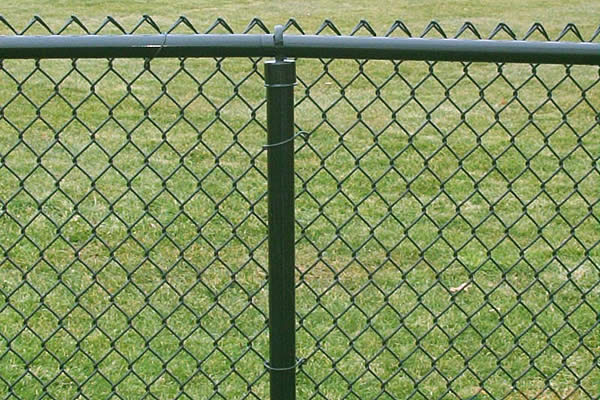 TEL:
+86-13102802206
TEL:
+86-13102802206
 Email:
fencenetting@china.com
Email:
fencenetting@china.com
 Language
Language
 TEL:
+86-13102802206
TEL:
+86-13102802206
 Email:
fencenetting@china.com
Email:
fencenetting@china.com
 Language
Language


The Pricing Dynamics of Barbed Wire Fencing
Barbed wire fencing has been a staple in agricultural and industrial settings for many years. Its durability and effectiveness in keeping livestock in and unwanted intruders out have made it a popular choice among farmers and property owners. However, the pricing of barbed wire fences can vary significantly based on several factors. Understanding these factors can help buyers make informed decisions when investing in barbed wire fencing solutions.
Factors Influencing Barbed Wire Prices
1. Material Quality The quality of the steel used in the production of barbed wire is one of the primary factors that influence its price. Higher quality steel offers better resistance to rust and corrosion, extending the lifespan of the fencing and reducing long-term costs. Consumers can expect to pay a premium for galvanized or stainless steel options, which offer superior durability compared to untreated wire.
2. Design and Features Barbed wire comes in various designs, including the number of barbs per foot and the spacing between them. Standard barbed wire usually has two barbs per foot, but options with more barbs can help enhance security and deter animals more effectively. Additional features, such as coated wire for added protection or specific configurations for use in particular environments, can also impact pricing.
3. Length and Roll Size Barbed wire is typically sold in rolls, and the length of the roll can greatly influence the price per foot. Larger rolls may offer bulk pricing benefits, but upfront costs can be higher. Buyers must consider their specific needs and budget when selecting roll sizes. For smaller projects, purchasing smaller rolls might be more feasible, despite potentially higher costs per foot.

4. Market Demand Like any commodity, the price of barbed wire can fluctuate with changes in market demand. Trends in agriculture, urban development, and security concerns can all lead to shifts in purchasing behavior. For instance, during times of increased agricultural activity or after natural disasters, demand for fencing material can spike, driving prices up. Conversely, if demand diminishes, prices may stabilize or decrease.
5. Location and Shipping Costs Geographic location plays a critical role in determining the price of barbed wire. Regions with high agricultural activity may have competitive pricing due to increased supply, whereas remote areas might face higher shipping costs. Additionally, local regulations and tariffs can affect the overall cost for consumers, especially if the wire needs to be imported from other countries.
6. Supplier Pricing Different suppliers may offer a wide range of prices based on their sourcing methods, overhead costs, and business models. Buying directly from manufacturers often results in better pricing compared to purchasing through retailers. Furthermore, loyalty programs, bulk discounts, or seasonal promotions can also provide cost-saving opportunities for savvy buyers.
Conclusion
In conclusion, the price of barbed wire fencing is influenced by a multitude of factors, including the quality of materials, design specifications, roll size, market demand, geographic location, and supplier pricing strategies. For those considering the purchase of barbed wire, it's essential to evaluate these factors carefully to ensure they are making a cost-effective investment.
Researching different suppliers, comparing prices, and understanding the specific needs of the project can lead to better purchasing decisions. Ultimately, investing in high-quality barbed wire may incur a higher upfront cost but can yield significant savings in maintenance and replacement over time, making it a wise choice for long-term fencing solutions. By keeping these considerations in mind, buyers can navigate the barbed wire market successfully and secure the best value for their fencing needs.